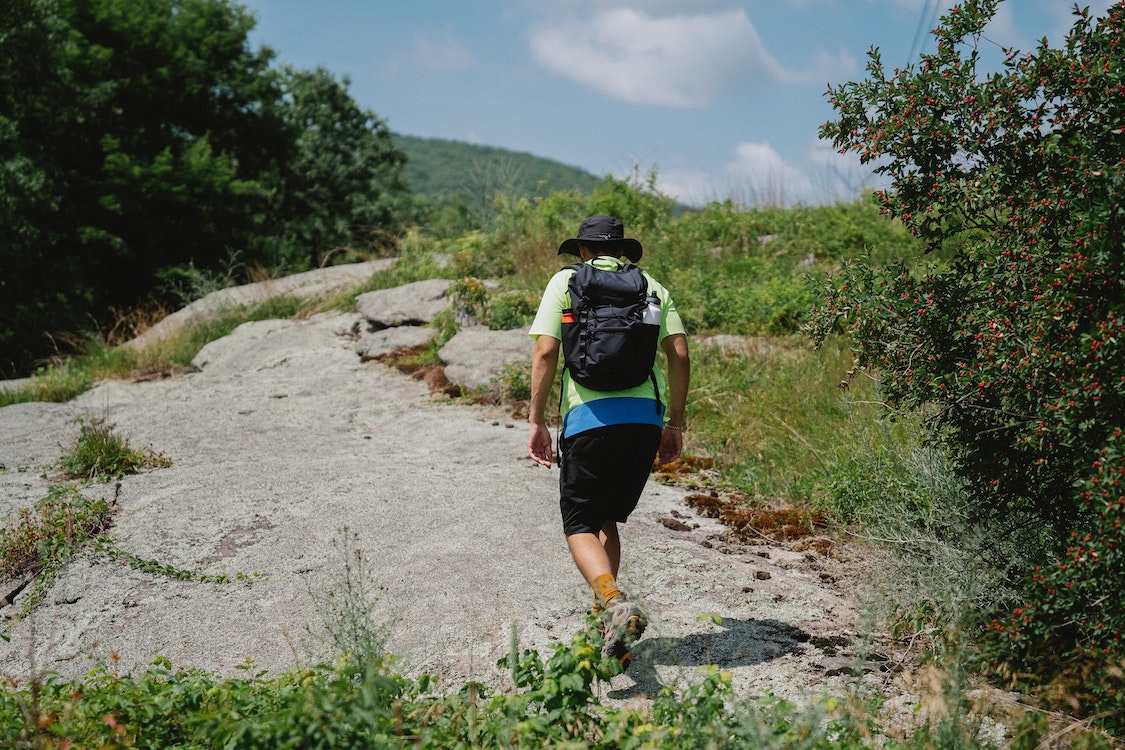Rucking can be a great way to get exercise, burn calories, and get some fresh air. It can also be a lot of fun when done with friends! It was common in the military as a training exercise but is now something that even civilians can do.
Packing your gear is crucial to rucking successfully. The heavier items, like sleeping bags and additional clothing, should be packed closest to your back.
1. Sleeping Bag
If you want to enjoy a good night’s sleep, your sleeping bag is a vital part of your pack. Whether you opt for a down or synthetic bag it’s important to get one that has the proper temperature rating for your trip.
A good rule of thumb is to consider your comfort level, rather than the lower limit or extreme ratings. The comfort rating is the temperature that will keep most people warm and comfortable, while the extreme ratings indicate the minimum cold at which a person can survive for six hours without hypothermia.
Keeping your sleeping bag dry is also important. Storing it damp can cause mildew and clumpy down that will drastically reduce its warmth. Hanging your bag up when not in use is a great way to prolong its life. It also helps to have a waterproof stuff sack to protect your bag from rain, river and snow.
2. First Aid Kit
The first aid kit is an incredibly important part of any backpacking trip, especially if you will be traveling far away from civilization. Our experts recommend packing a well-stocked first aid kit with basic supplies, such as bandages, gauze, and antiseptic wipes.
This first aid kit from Adventure Medical Kits Hiker packs a ton of supplies in a compact package. The rolled-out bag unzips to reveal compartments with labeled storage pouches, making it easy to find what you need quickly.
This kit is also highly recommended because it includes a comprehensive list of first aid procedures, along with detailed instructions on how to treat various injuries. It also comes with extra-large information sheets in clear pockets for quick reference. Also, it’s 100% waterproof and can be affixed to the outside of your pack or under your backpack straps.
3. Sleeping Pad

A sleeping pad might not get as much attention as a tent, but it’s just as important for getting a good night’s sleep in the backcountry. A sleeping pad provides a layer of insulation between your body and the cold, hard ground.
The type of pad you choose depends on a variety of factors including season, body type and sleeping habits, pack weight and size, cushioning, and features like air inflation and durability. If possible, it’s a great idea to test out different pads in person before making a final decision.
The outdoor industry rolled out a standard for R-values in 2020, which means you can compare backpacking mats from different brands with confidence. This is a huge win for consumers, similar to how standardizing sleeping bag temperature ratings made it easier to comparison shop.
4. Tent
A tent can make a huge difference to the comfort of your backpacking experience, from how much space you get and whether there’s room for everyone to sleep comfortably to how easy it is to exit and enter the tent. And it can mean the difference between a tent that is a faff to use at midnight for bathroom breaks, or one that’s simple and convenient.
Consider the number of doors and their orientation, how easy the door is to open and shut, and whether it has a YKK zipper which resists snags and breakage. Also note that some tents come with stakes and anchors, which can be handy for setting up in loose soil or snow. Place the tent body and poles in the middle back of your pack to help balance the center of gravity.
